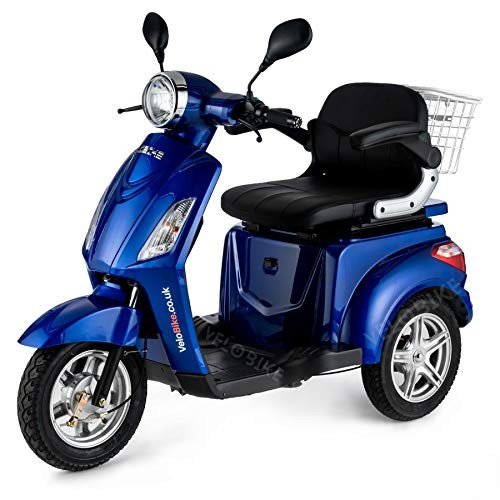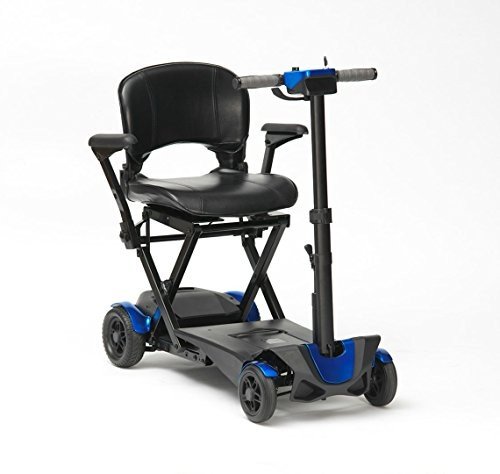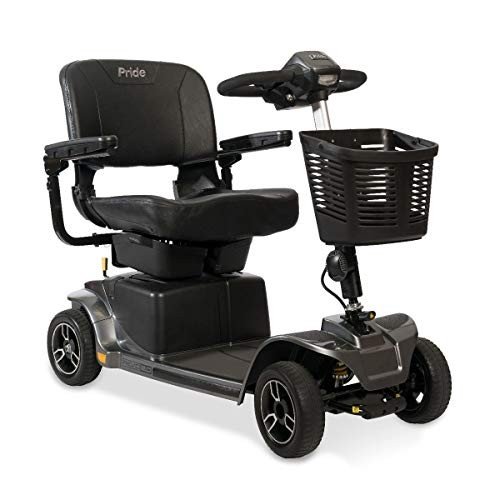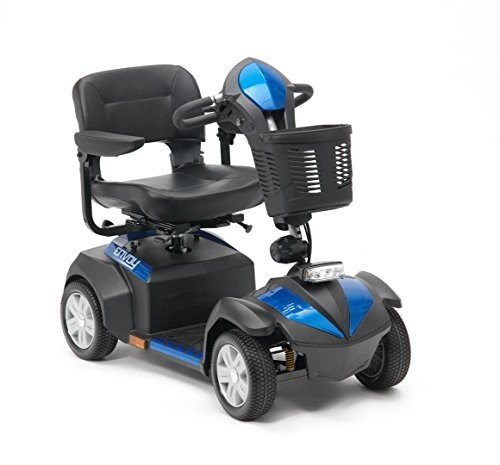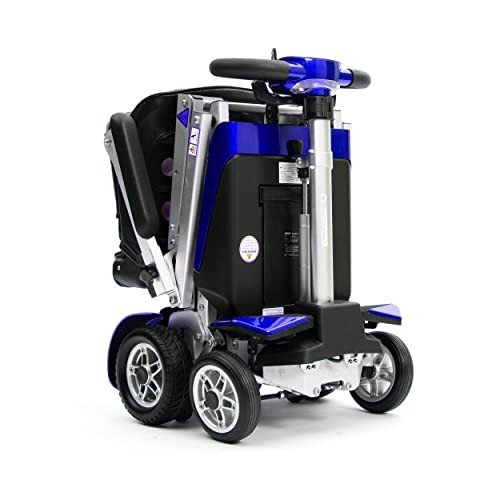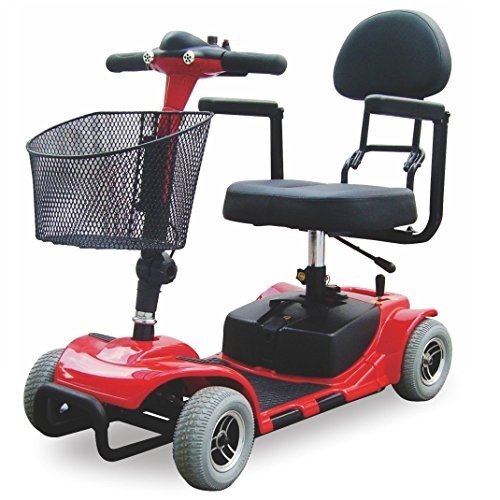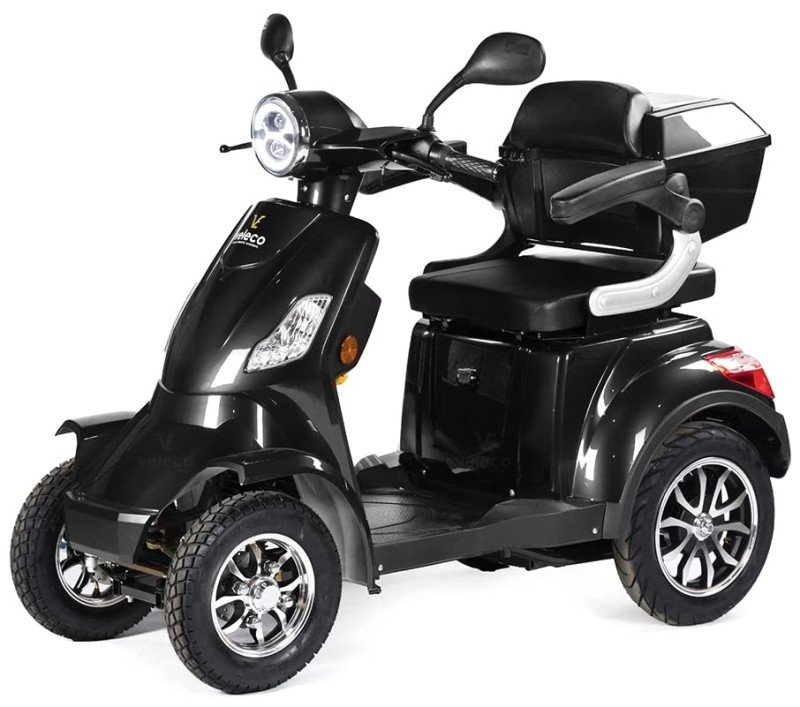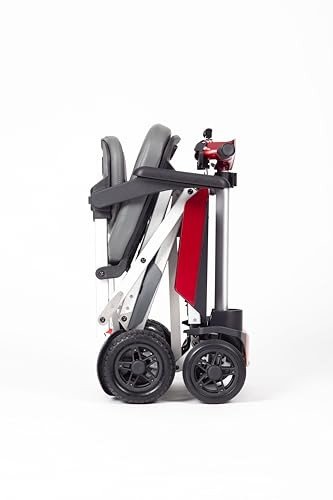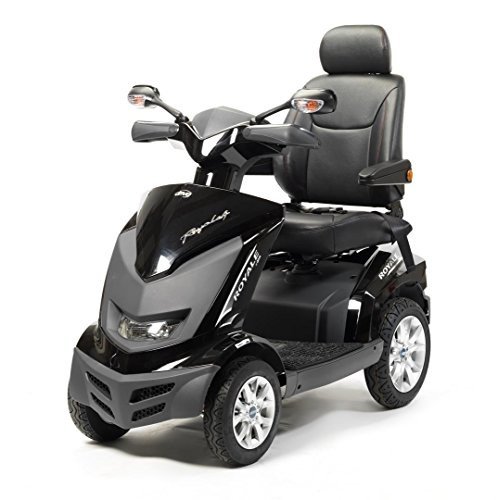Mobility scooters are a game changer for anyone needing a little extra help getting around. They’re designed for comfort and ease, making everyday outings a breeze. Whether you're running errands or just enjoying a leisurely stroll, there's a perfect scooter for you.
Mobility Scooters
Discover your independence and enjoy the freedom to explore with our range of reliable mobility scooters
Product List
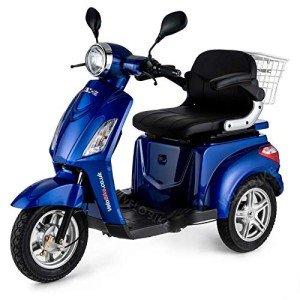
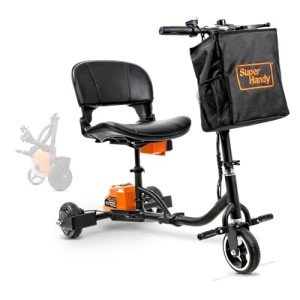
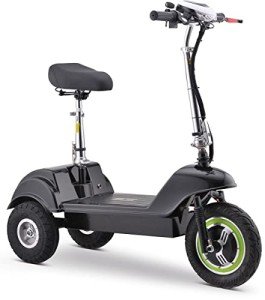
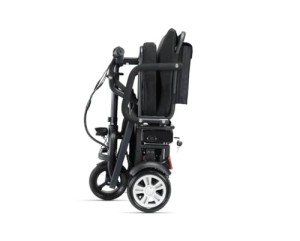
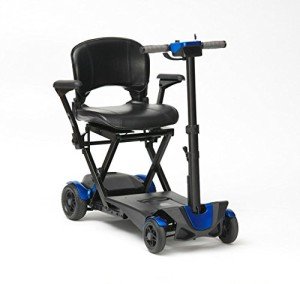
DeVilbiss Flex Folding Scooter
Devilbiss Healthcare
Product Review Score
4.12 out of 5 stars
18 reviews$1,552.47
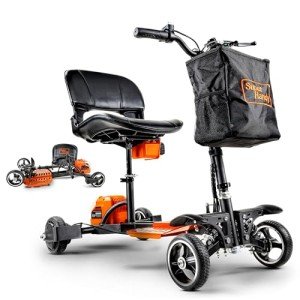
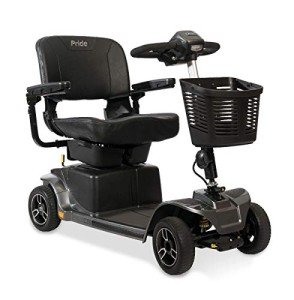
Revo 2.0 Heavy-Duty Scooter
Pride Mobility
Product Review Score
4.73 out of 5 stars
64 reviews$2,229.39
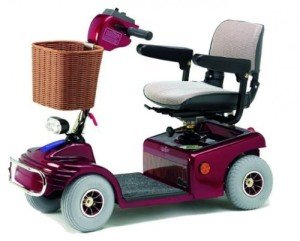
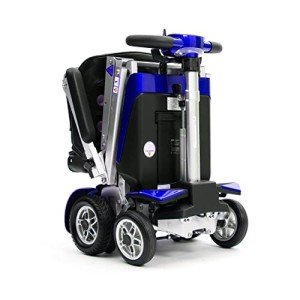
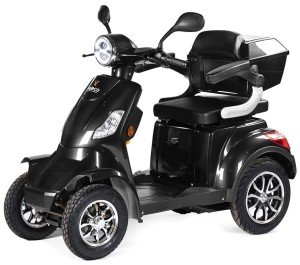
VELECO 4-Wheel Scooter - Black
Veleco
Product Review Score
4.14 out of 5 stars
142 reviews$2,082.11
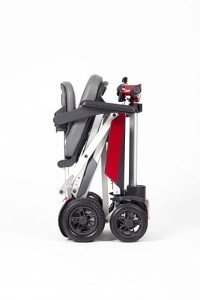
Folding 4-Wheel Mobility Scooter
Drive Medical
Product Review Score
4.43 out of 5 stars
20 reviews$1,364.66
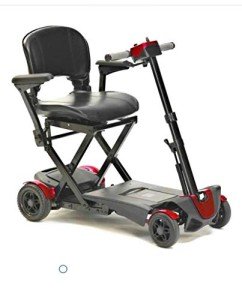
Drive Devilbiss Flex Scooter
Devilbiss Healthcare
Product Review Score
4.81 out of 5 stars
106 reviews$1,552.47
In today's fast-paced world, maintaining independence and mobility is essential, especially for individuals with limited physical capabilities. Mobility scooters have emerged as a practical solution to this issue, offering a reliable means of transport for those who struggle with walking. In this lengthy overview, we will delve into the different types of mobility scooters, their benefits, potential challenges, and essential factors to consider when choosing the right scooter.
What Are Mobility Scooters?
Mobility scooters are battery-powered electric vehicles designed primarily for individuals who have difficulty walking due to age, disability, or injury. They typically feature a seat with a sturdy frame, a handlebar, and three to four wheels, allowing users to navigate various terrains. Mobility scooters not only enhance personal mobility but also foster a greater sense of independence, enabling users to engage in social activities and daily errands.
Table 1: Primary Features of Mobility Scooters
| Feature | Description |
|---|---|
| Power Source | Usually battery-operated with varying capacities for distance and power |
| Wheels | Available in 3-wheeled and 4-wheeled options for different stability needs |
| Range | Most scooters can travel between 10 to 30 miles on a single charge |
| Speed | Generally can reach speeds between 4 to 8 mph |
| Weight Capacity | Typically range from 250 to 500 lbs, catering to various body types |
| Portability | Some models are designed for easy disassembly and transport |
| Accessories | Available with features like baskets, cup holders, LED lights, and storage options |
Types of Mobility Scooters
Mobility scooters can be broadly categorized into several types based on their design, purpose, and suitability for different users.
1. Travel Mobility Scooters
These are lightweight and portable scooters designed for ease of transportation. They can be easily disassembled into smaller parts or folded up for convenient travel in vehicles.
2. Full-Size Mobility Scooters
Full-size scooters offer greater stability, a more powerful motor, and enhanced comfort. They are typically designed for outdoor use and can handle various terrains, making them suitable for longer distances.
3. Heavy-Duty Mobility Scooters
Designed for heavier users or those who require additional support, heavy-duty scooters come with reinforced frames and superior weight capacity, providing stability and comfort.
4. All-Terrain Mobility Scooters
These scooters feature rugged tires and powerful motors, making them ideal for outdoor adventures on uneven terrain, such as parks or gravel. They often have added suspension systems for a smoother ride.
Table 2: Comparison of Mobility Scooter Types
| Type | Weight Limit | Maximum Speed | Range (Miles) | Portability |
|---|---|---|---|---|
| Travel | Up to 250 lbs | 4 mph | 10-15 miles | High |
| Full-Size | Up to 350 lbs | 5-7 mph | 15-30 miles | Moderate |
| Heavy-Duty | Up to 500 lbs | 4-6 mph | 15-25 miles | Low |
| All-Terrain | Up to 400 lbs | 5 mph | 10-20 miles | Moderate |
Benefits of Mobility Scooters
Mobility scooters can significantly improve the quality of life for individuals with mobility limitations. Here are some notable benefits:
-
Enhanced Independence: Users can navigate through their environment without relying on others, promoting self-sufficiency.
-
Social Engagement: Being mobile allows individuals to engage with family, friends, and community events, reducing feelings of isolation.
-
Improved Safety: Mobility scooters provide a stable means of transport, minimizing the risk of falls associated with walking.
-
Ease of Use: Most mobility scooters are user-friendly, featuring intuitive controls that require minimal training to operate.
-
Variety of Options: There are numerous models and styles available to cater to different needs, preferences, and budgets.
Challenges and Considerations
While mobility scooters bring many advantages, prospective users should also be aware of potential challenges. Here are some points to consider:
-
Cost: Mobility scooters can be an investment. Prices range from several hundred to several thousand dollars, depending on the model and features.
-
Maintenance: Regular maintenance is necessary to ensure that the scooter operates optimally. This can include battery checks, tire replacements, and more.
-
Accessibility: Some environments may not be scooter-friendly, with issues like narrow hallways, staircases, or uneven terrain posing challenges.
-
Limited Range: Understanding the scooter's battery life and range is crucial to avoid getting stranded.
Table 3: Pros and Cons of Mobility Scooters
| Pros | Cons |
|---|---|
| Promotes independence | Can be costly |
| Easy to use | Requires maintenance |
| Enhances social life | May have accessibility issues |
| Variety of models available | Limited battery range |
FAQs About Mobility Scooters
Q1: Are mobility scooters covered by insurance?
A1: In some cases, mobility scooters may be covered by health insurance, Medicare, or Medicaid. Approval usually requires a prescription from a healthcare provider.
Q2: How fast do mobility scooters go?
A2: Most mobility scooters have a top speed of 4 to 8 mph, depending on the model, weight capacity, and condition of the battery.
Q3: Do I need a driver's license to operate a mobility scooter?
A3: Generally, no driver's license is required to operate a mobility scooter. However, local regulations may vary, so checking local laws is advisable.
Q4: Can mobility scooters be used indoors?
A4: Many travel scooters are designed for indoor use, but larger models may be too wide for narrow hallways or doorways.
Q5: How do I maintain my mobility scooter?
A5: Routine maintenance includes keeping the battery charged, inspecting tires for wear, and checking brakes and lights for functionality.
Mobility scooters are transforming lives by providing individuals with the independence to move freely and engage with their surroundings. With various types available and a myriad of options, finding the suitable scooter for an individual's specific needs is essential. As we look to the future, mobility scooters will continue to evolve, ensuring that everyone can enjoy the mobility and independence they deserve. If you or a loved one is considering a mobility scooter, it's advisable to conduct thorough research and consult with professionals to make an informed decision.
